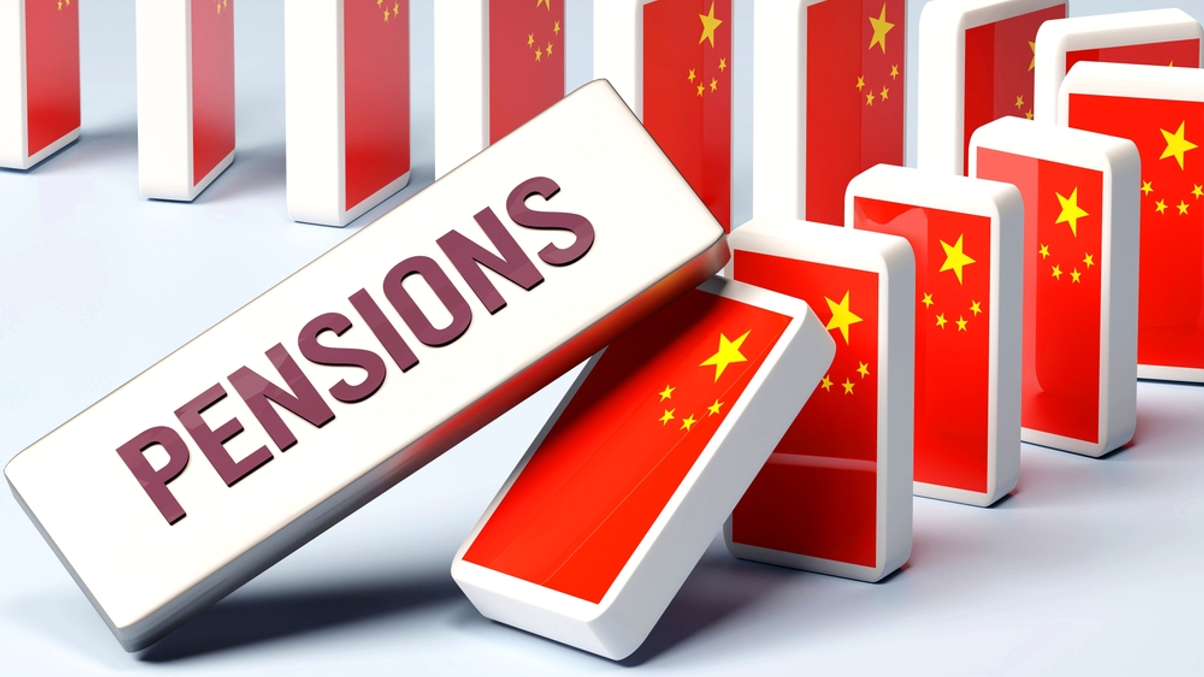China's private pensions need drastic stimulus as national pool dries
Although a three-pillar pension system has been established in China, the country is in urgent need of more drastic changes as its population ages and declines.

China has been urged to push forth on firm stimulus policies for its newly established private pension scheme in order to increase the thus-far muted demand in the personal retirement savings market.
Sign in to read on!
Registered users get 2 free articles in 30 days.
Subscribers have full unlimited access to AsianInvestor
Not signed up? New users get 2 free articles per month, plus a 7-day unlimited free trial.
¬ Haymarket Media Limited. All rights reserved.


